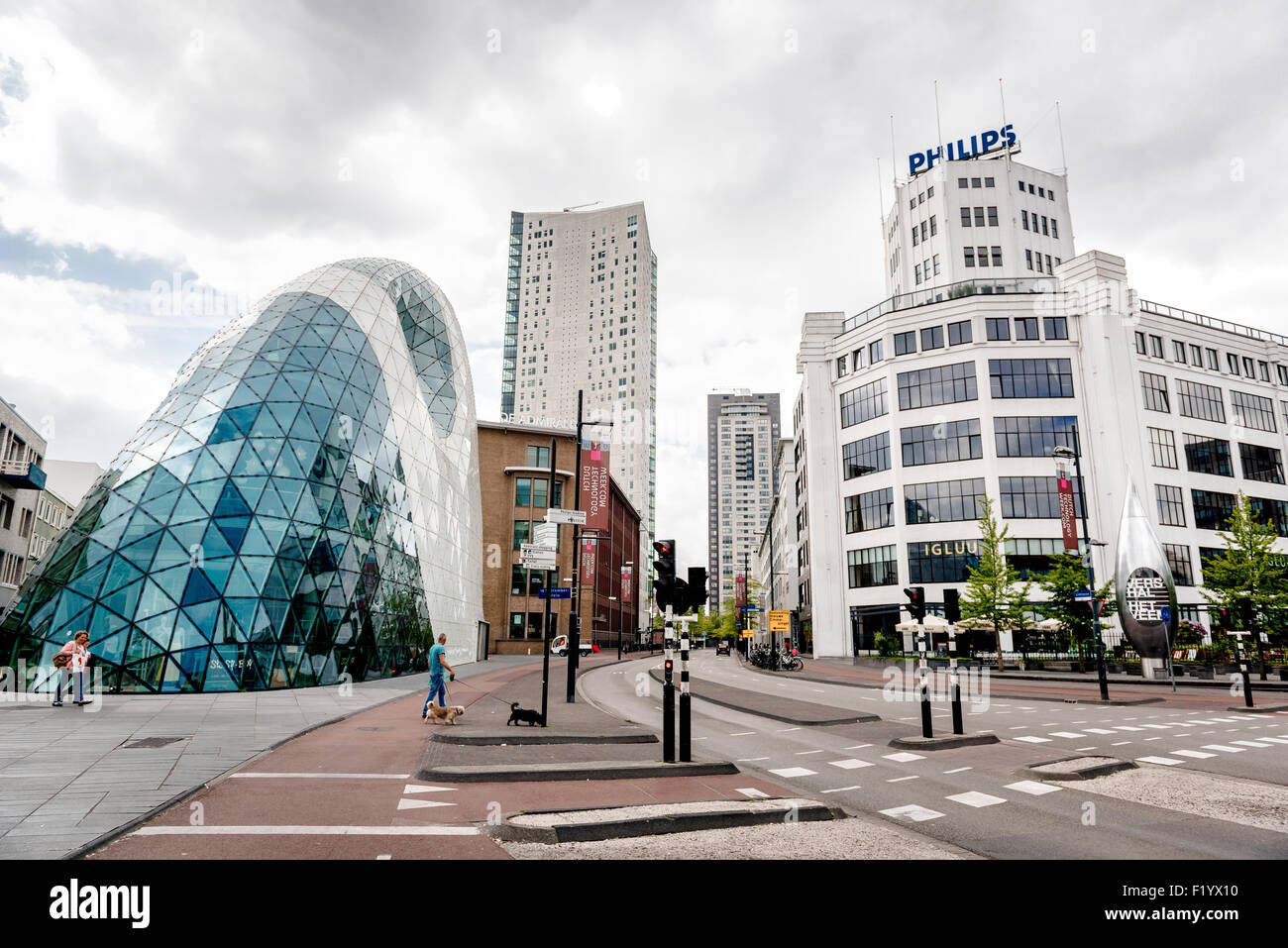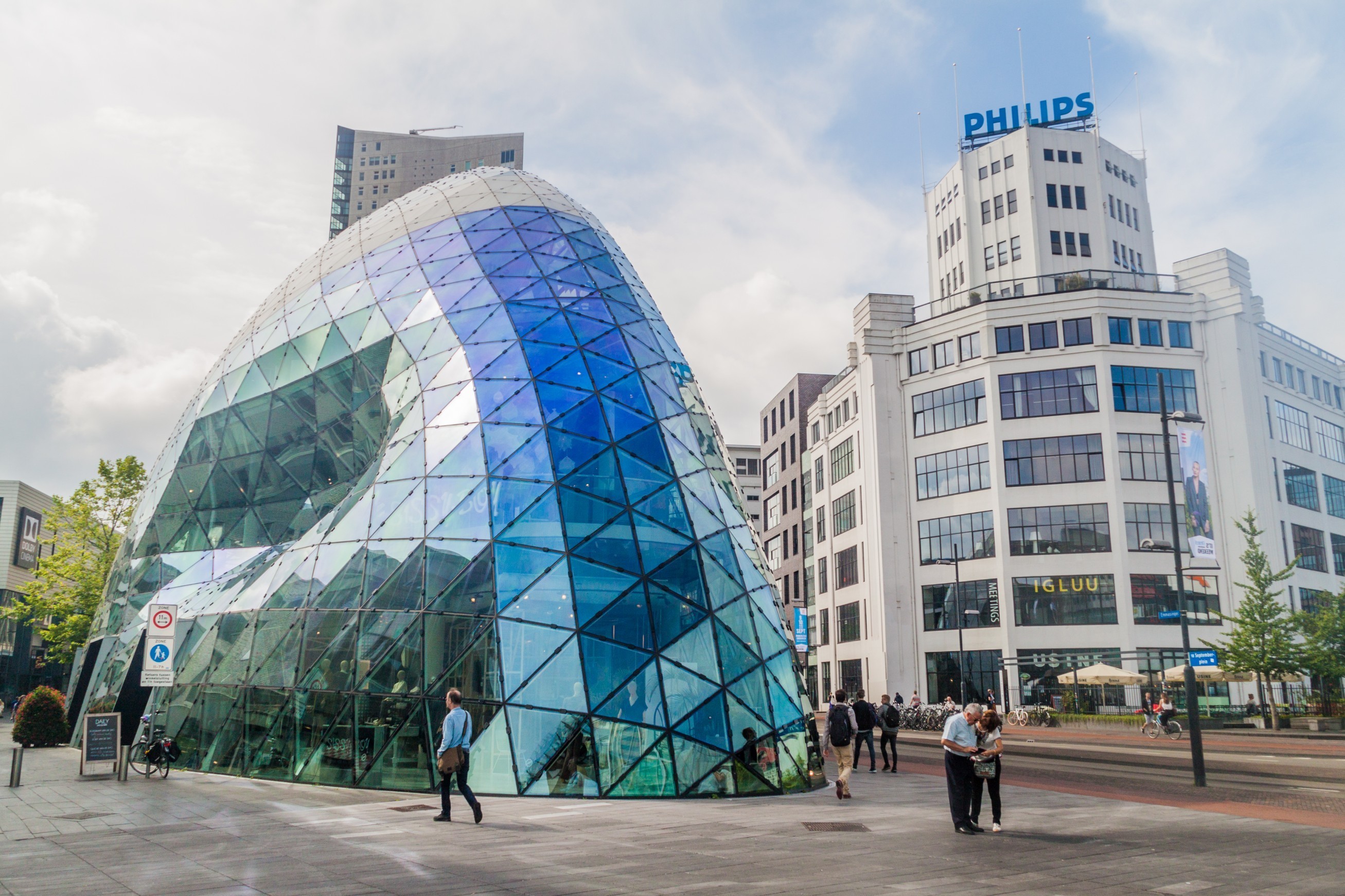The Birth of a Technological Hub
In 1891, Eindhoven witnessed the establishment of a small factory by Gerard and Anton Philips. This factory, initially focused on producing carbon-filament lamps, laid the foundation for what would become a global electronics giant. The Philips brothers chose Eindhoven for its strategic location and the availability of skilled labor, setting the stage for the city's transformation.
Architectural Evolution of the Philips Factories

The original Philips factory, known as the "Lichttoren" or "Light Tower," is a striking example of early 20th-century industrial architecture. Its robust brick structure and large windows were designed to maximize natural light, a necessity for the precision work of lamp manufacturing. Over the decades, the factory complex expanded, incorporating modernist elements that reflected the technological advancements of the time.

Impact on Eindhoven's Urban Landscape
As Philips grew, so did Eindhoven. The company's expansion necessitated the development of housing, schools, and recreational facilities for its workers. This led to the creation of entire neighborhoods, such as Philipsdorp, characterized by their uniform brick houses and community-centric design. The influence of Philips is still visible in the city's layout and infrastructure.

Cultural and Economic Influence
Philips not only shaped the physical landscape of Eindhoven but also its cultural and economic identity. The company invested in research and development, leading to innovations in electronics and healthcare. This fostered a culture of innovation that persists in Eindhoven today, with the city being home to numerous tech startups and research institutions.
Preservation and Modern Use
Many of the original Philips factory buildings have been preserved and repurposed. The Strijp-S district, once a restricted industrial area, is now a vibrant hub for creative industries, featuring offices, studios, and event spaces. This transformation highlights Eindhoven's ability to adapt and innovate while honoring its industrial heritage.










